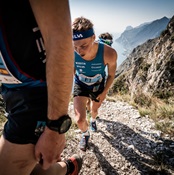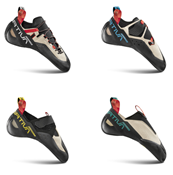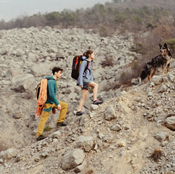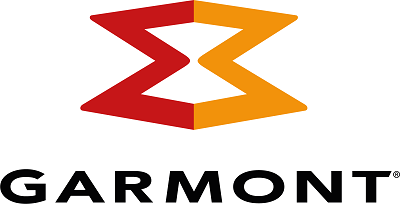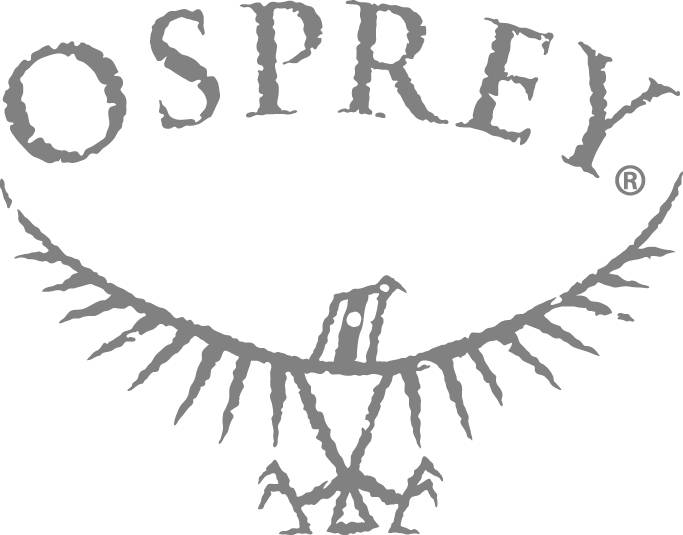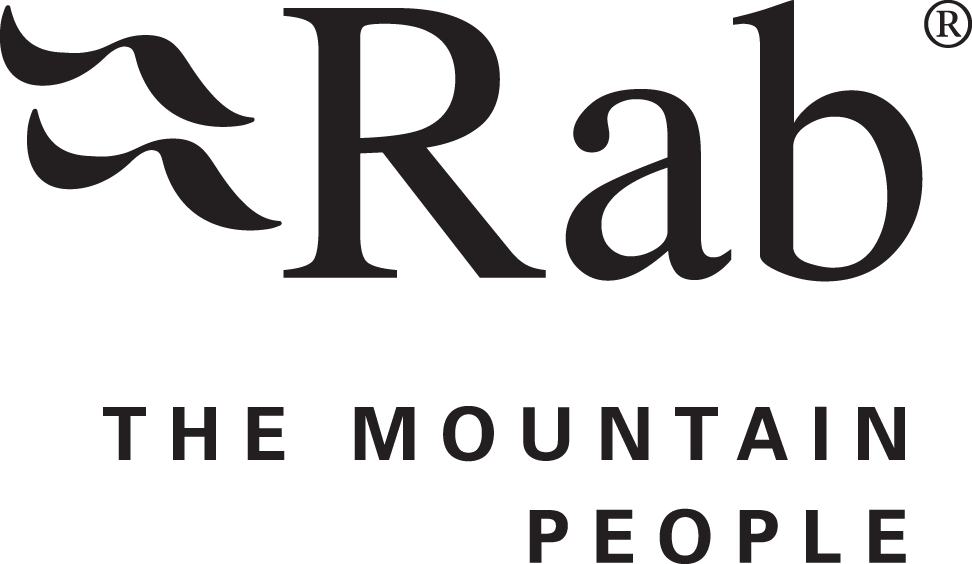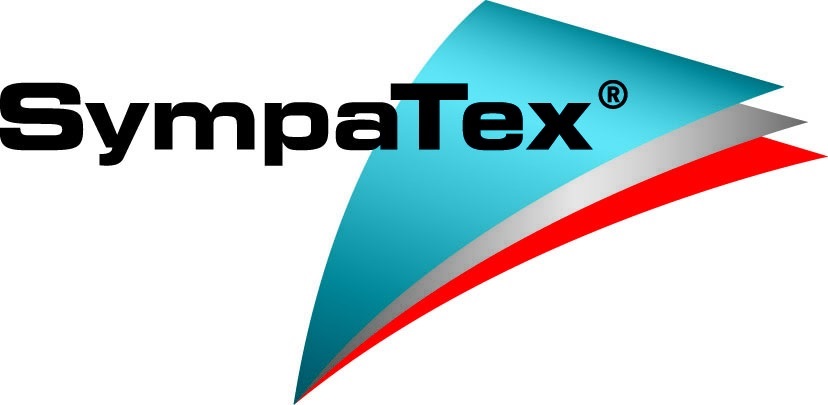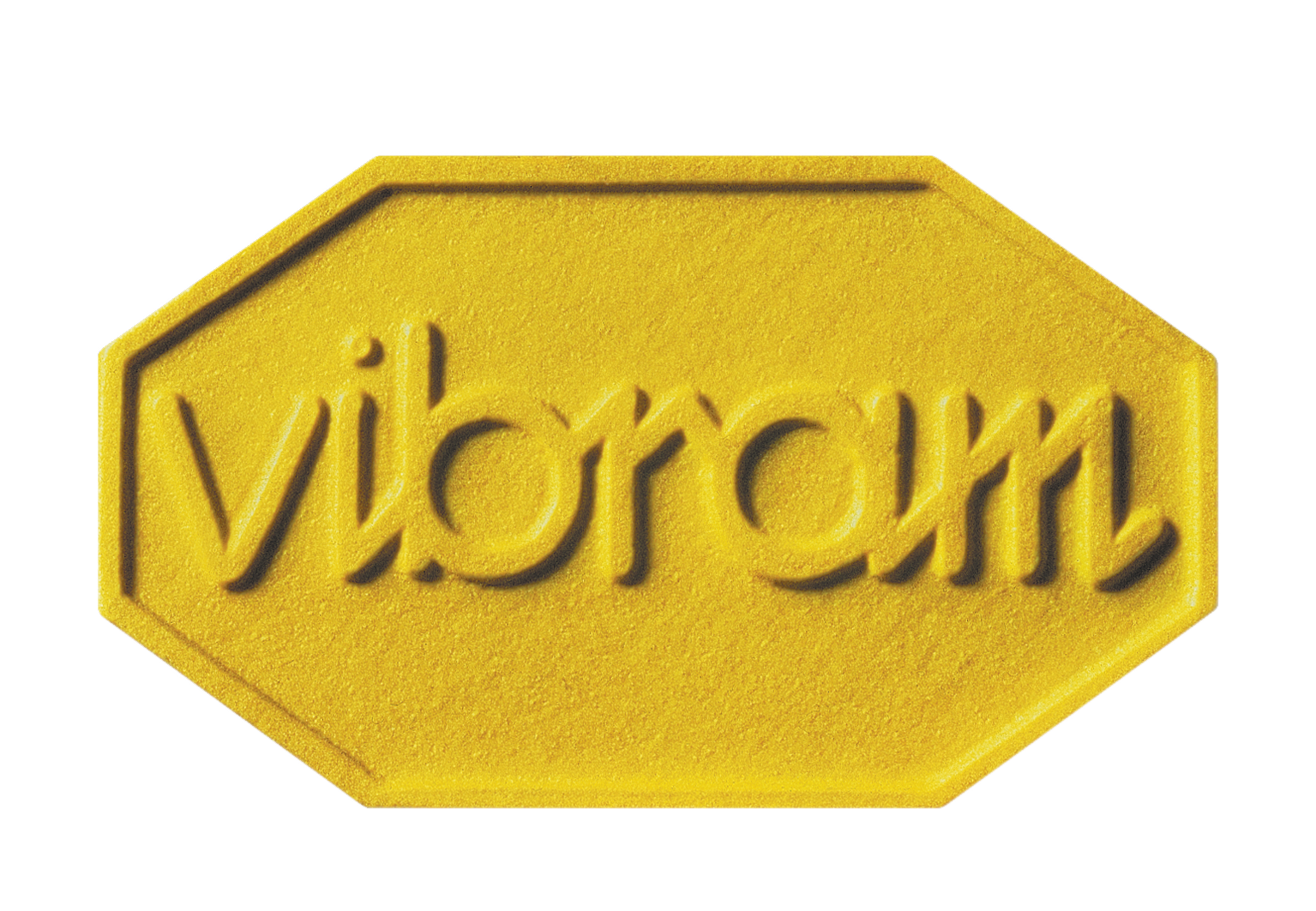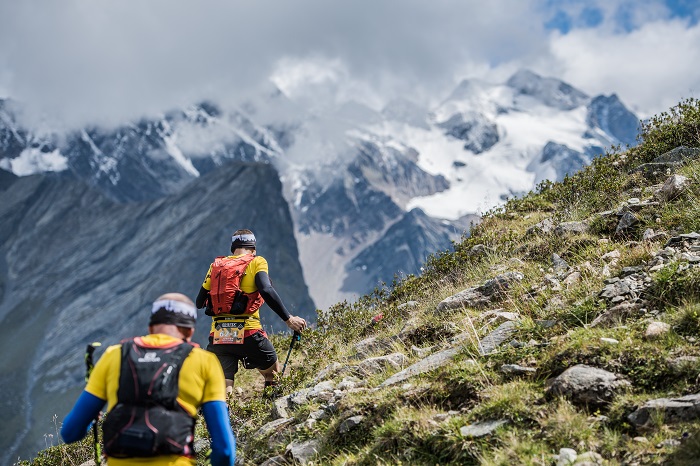
Breathtaking scenery, spectacular trails almost 3000 metres above sea level, and thigh-punishing descents – the 14th edition of the GORE-TEX Transalpine Run starts on Sunday 2 September and will take participants from Garmisch-Partenkirchen in Germany all the way across the Alps to the finish line in Brixen/Bressanone, Italy. The race is set to feature almost 300 teams of two from 35 nations. They will take on seven stages across three countries comprising a total of 258.5 kilometres of running with 16,545 vertical metres of uphill and 16,590 vertical metres of downhill. Little wonder that since its debut in 2005 the GORE-TEX Transalpine Run has established itself as the toughest trailrun stage race in the world – an incredible sporting challenge with a friendly and welcoming atmosphere. Wearing number one in the women’s race will be last year’s defending champions Lina and Sanna El Kott Helander from Sweden. In the men’s race there are a whole host of top athletes lining up to succeed the 2017 winning duo of Bublak/Lauterbach.
Here are the answers to the most important questions about the 14th GORE-TEX Transalpine Run.
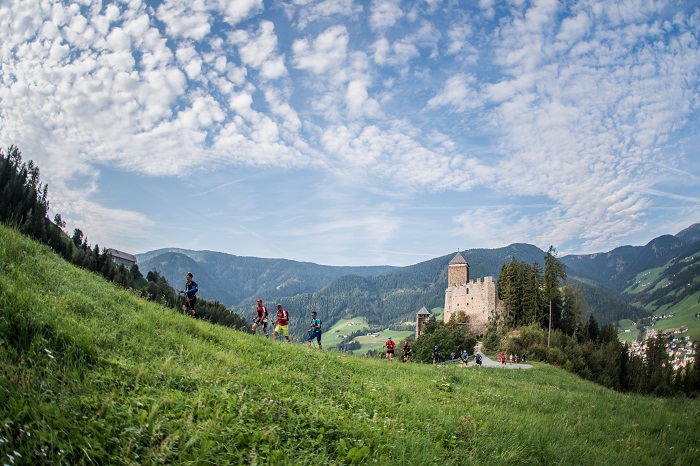
Where will the race take place?
From Garmisch-Partenkirchen in Germany to Brixen/Bressanone in South Tyrol, Italy. The East Route, as it is known, was completely redesigned in 2016 and has been further adapted for the 2018 edition of the TAR. It takes participants over summits, ridges and glaciers from Garmisch-Partenkirchen in Germany to Brixen/Bressanone in Italy. Along the way runners will stop in Nassereith, Imst, Mandarfen im Pitztal, Sölden, St. Leonhard in Passeier and Sarnthein/Sarentino. All in all the teams will this year have to cover 258.5 kilometres with 16,454 vertical metres of uphill and 16,590 vertical metres of downhill.
Where do the stages start and finish?
Stage one leads from Garmisch-Partenkirchen to Nassereith and is 43.7 kilometres long with 2378 vertical metres of ascent and 2239 vertical metres of descent. It takes runners along the foot of the Zugspitze, Germany’s highest peak, and around the Wetterstein Mountains. Stage two from Nassereith to Imst sees the participants in this year’s TAR climb over 2000 metres above sea level for the first time. The stage may be ‘only’ 28.1 kilometres long, but it features 1914 vertical metres of ascent and 1734 vertical metres of descent along the beautiful trails of the Starkenburger Panoramaweg. At 47.9km and with over 3000 vertical metres of climbing, the third leg from Imst to Mandarfen is the longest and toughest stage with the most climbing – it is the queen’s stage of this year’s TAR. Stage four from Mandarfen to Sölden leads from the Pitztal Valley into the Ötztal Valley. It is another relatively short stage at just 28.1km, but it will take runners up to almost 3000 metres above sea level. Highlights include the steep climb to the Braunschweiger Hütte hut, the crossing of the 2998m Rettenbachjoch ridge and the Rettenbach Glacier, and the extremely challenging downhill section into Sölden. The stage comprises 2296 vertical metres of uphill and 2622 vertical metres of downhill. Day five starts in Sölden and leads up over the Italian border to St. Leonhard in Passeier, comprising 39.6 kilometres of running with 2286 vertical metres uphill and 2956 vertical metres downhill. Obstacles along the way include the 2474m Timmelsjoch mountain pass and what is set to be the most spectacular feed station in the history of the GORE-TEX Transalpine Run at the Toniger Hütte hut. Stage six from St. Leonhard in Passeier to Sarnthein/Sarentino will feature plenty of picture-perfect trails through the mountains of South Tyrol. This stage with 34.2 kilometres of running, 2524 vertical metres of ascent and 2223 vertical metres of descent will take participants over the Obere Scharte ridge, at 2683m the highest point of the day. The seventh and final day has 36km of running from Sarnthein/Sarentino to Brixen/Bressanone, with 2118 vertical metres of climbing and 2532 vertical metres of descending. After a 15km climb from the start in Sarnthein/Sarentino there is a 15km section where runners remain above 2000m before plunging down into the valley to the finish.
Who are the favourites in the men’s race?
This year there is no clear favourite in the men’s race, but instead there are a whole host of top teams who are likely to be battling it out of the win. Let’s start with the Austrian duo of Thomas Farbmacher (Hopfgarten) and David Wallmann (St. Koloman). Farbmacher, two-time winner of the SALOMON Zugspitz Ultratrail, was forced with withdraw on the first stage last year due to injury. “That’s why David and I have made it our main aim to get through to the finish fit and healthy,” explains Farbmacher. “At the TAR you always have to remember that it’s seven days of running back to back and you’re not at the finish until you reach Brixen/Bressanone. You just have to take each day as it comes and see how you are feeling. My usual partner, Peter Fankhauser, is unfortunately injured this year, but in David Wallmann I am sure I have found a worthy replacement.”
A worthy replacement indeed. Wallmann is considered one of the top up-and-coming talents in the trailrunning scene and at the tender age of just 27 years has already completed the ‘longest ski tour in the world’ – more than 2000 kilometres and 36 days from Vienna to Nice. “I hadn’t actually planned on running the TAR this year, but I am happy to step in and replace Peter Fankhauser. My goals? I don’t really have any clear aims. I was able to recover pretty well from my transalpine adventure and record a result I was very happy with at the Stubai Ultratrail. That gives me a lot of motivation and a good feeling going into the TAR, which will start on my birthday in Garmisch-Partenkirchen.”
Another man to look out for will be Sebastian Hallmann from Munich, who this year will be running with Lukas Naegele from Cologne. Hallmann won the opening stage of last year’s race together with his Swiss teammate Ralf Birchmeier, who later had to abandon due to injury. Despite losing his partner, Hallmann pressed on and produced an impressive performance to complete the race as an individual finisher. Lukas Nägele, who comes with a reputation as a fast marathon runner from his time in the road racing scene, is fresh from a victory at the Ultratrail Lamer Winkel in June.
Just behind him in that race was Matthias Baur. He will be looking to continue his good form into the TAR, where he will be running alongside his brother Marcus as Team Salomon Running 1 – definitely a duo to keep an eye on.
Last not least is Moritz auf der Heide. The 30 year-old from Siegburg in Germany will be competing this year alongside Nils Riegel.
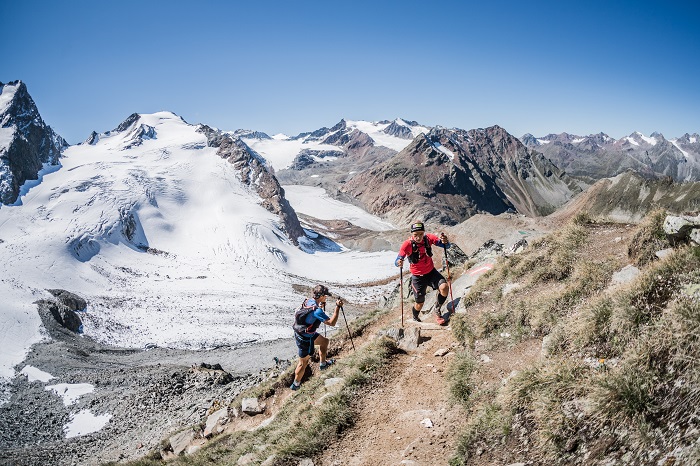
Who are the favourites in the women’s race?
Defending champions Sanna and Lina El Kott Helander (Merrel/GORE-TEX) from Sweden will definitely be up there, but don’t count out TEAM VIKING FOOTWEAR POWER GIRLS with Ina Forchthammer and Sarah Dörschlag.Last year they put the Scandinavian duo under serious pressure and this time they will be looking to go one better.
Who are the favourites in the mixed category?
Looking at the start list, two names immediately jump out. The first is Team Gore Wear with Eva Sperger (Munich) and Jamie Ramsey from the UK, the man who ran 17,000 kilometres from Vancouver to Buenos Aires in 600 days. Sperger recently won the women’s race at the Ultratrail Lamer Winkel. The second team to look out for will be Team Salomon Running Mixed featuring Susi Lell from Germany and Daniel Jochum from Austria. The 31-year-old Lell confirmed her breakthrough into the international trailrunning elite in 2018 with victory at the Stubai Basictrail.
What’s new at the 14th GORE-TEX Transalpine Run?
The village of Nassereith will host a stage finish for the first time. And for the first time the toughest stage race across the Alps will feature a new category, Senior Master Mixed, with 22 teams registered. The third new highlight for 2018 is RUN2. This is a brand new event which will give runners the chance to run the first two stages of the GORE-TEX Transalpine Run instead of the full seven stages. Designed to give ambitious runners a chance to try out the TAR without committing to the full race distance, it has already attracted 100 teams.
What makes the GORE-TEX Transalpine Run so special?
Challenging, long, with spectacular landscapes and a true test of team spirit. “The secret to success is working together and accepting your partner’s weaknesses,” explains Annette Hanssum, Marketing & PR GORE-TEX brand, looking back on the 2017 edition. “Seven days is a long time. Running an event like this together brings you together as a team. That is what makes the GORE-TEX Transalpine Run so special. I never cease to be touched by how emotional the athletes are when they have completed the final few metres and finally cross the finish line.”
INFO: GORE-TEX Transalpine Run





